|
||||||||||||||||||||||
|
|||
|
From its release in 1955, the DS was criticised for inadequate power. Here was a car with superb handling and grip which cried out for more performance. The DS inherited the venerable 1,9 litre four cylinder Sainturat engine from the 11CV - admittedly breathed upon to provide more power - but even the most hardened worshipper of the Goddess would admit that the engine was low on power and refinement. Having dropped the horizontally opposed engine project, six avenues were explored -
|
|||
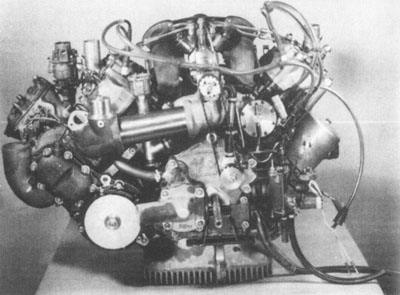 |
Two-stroke V4In the early nineteen sixties, the Bureau d'Etudes worked on developing a V4, two-stroke, supercharged engine. Displacing 1.800 cm3, it was predicted to develop 120 bhp and lots of low end torque, more like that of a V8. The supercharger was driven by its own 200 cm3 four-stroke engine. |
||
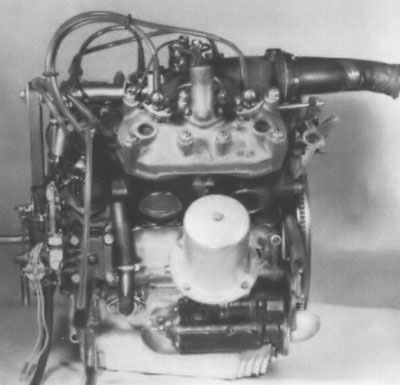 |
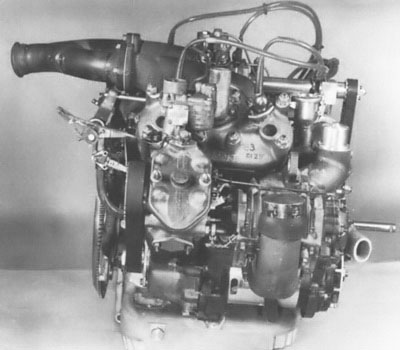 |
||
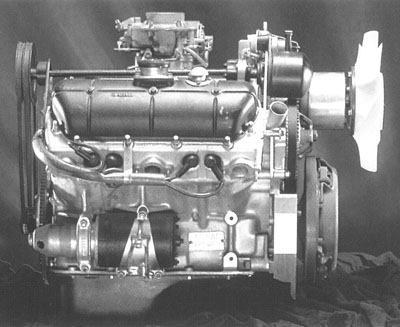 |
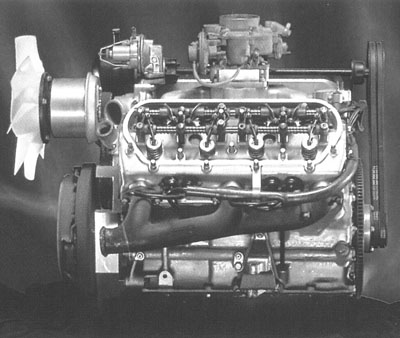 |
||
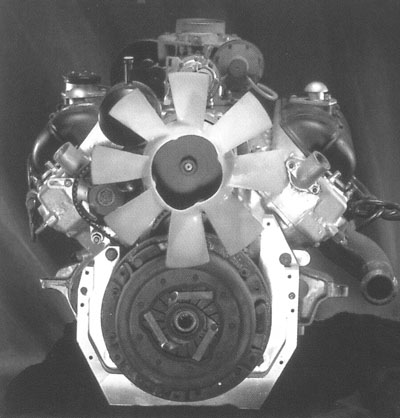 |
3 litre V8Again in the early nineteen sixties, Walter Becchia, the designer responsible for the 2CV's flat twin and the abortive flat six intended for the DS, was given the task of developing a V8, 130 bhp engine for the DS. The engine employed much of the architecture of the Sainturat design. |
||
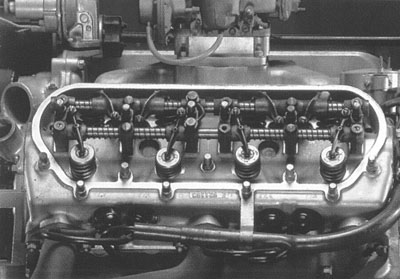 |
|||
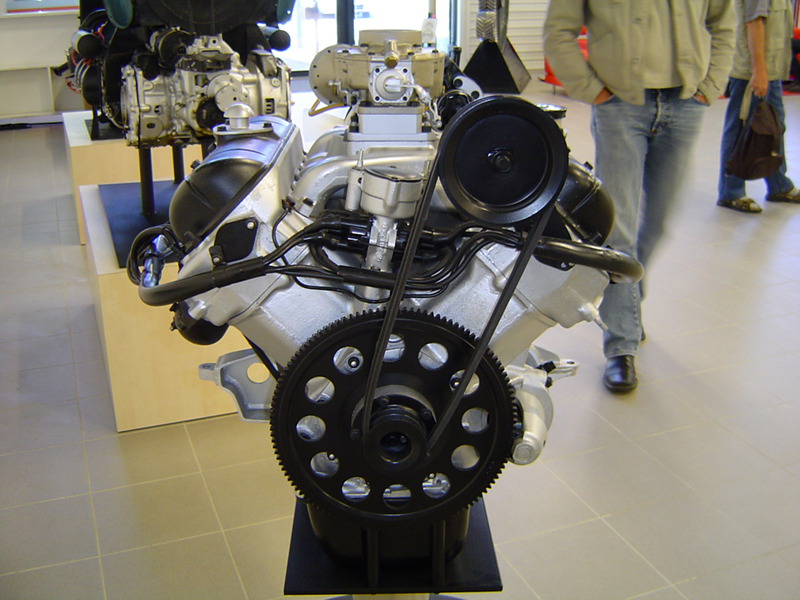 |
|||
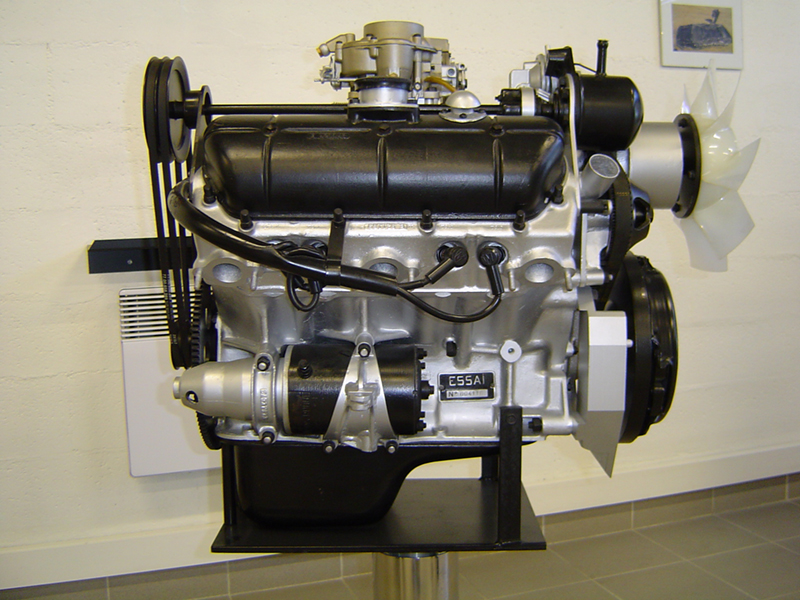 |
|||
V6 2,1 litreBecchia's assistant, Pierre Louis Cordier was given the job of revising the Sainturat design which led, eventually, to the short stroke 1.985 cm3 and 2.175 cm3 engines that were eventually fitted to the later D series cars. Cordier also designed this V6 with a capacity of 2.100 cm3 and developing 140 bhp. A single overhead camshaft was fitted in each cylinder head and the valve gear design eventually found its way into the flat four fitted in the GS. |
|||
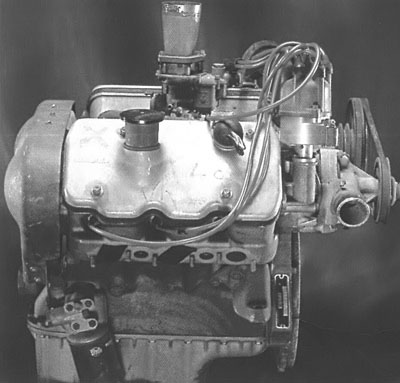 |
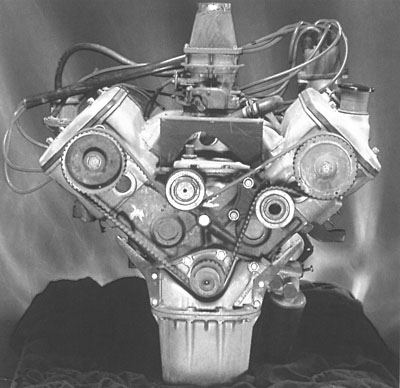 |
||
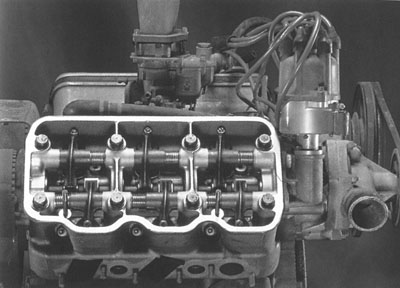 |
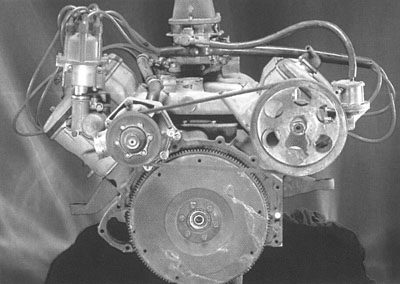 |
||
 |
|||
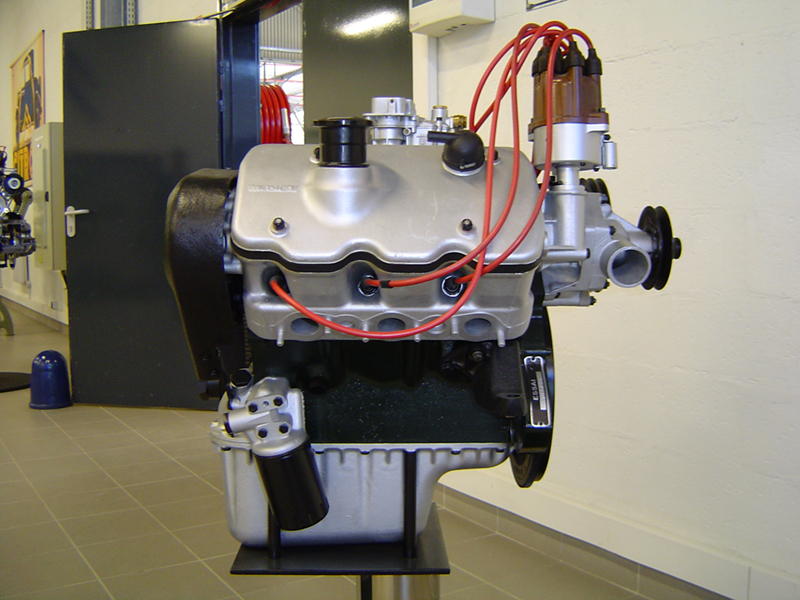 |
|||
 |
|||
|
CitroŽn did not have the resources to put any of these engines into production and the development by Bosch of electronic fuel injection sealed the fate of all these designs. The Cordier re-worked Sainturat engine in 2.175 cm3 guise, when fitted with the Bosch system, developed 139 bhp. CitroŽn's acquisition of Maserati provided the company with a low cost solution to a top of the range powerplant with the V6 engine that was fitted in the SM and Maserati's own Merak. The 2.175 cm3 engine was later expanded to 2.347 cm3 (right) where it developed, in fuel-injected form, 141 bhp and later still to 2.500 cm3 developing 168 bhp when fitted with a turbo charger as fitted in the CX. |
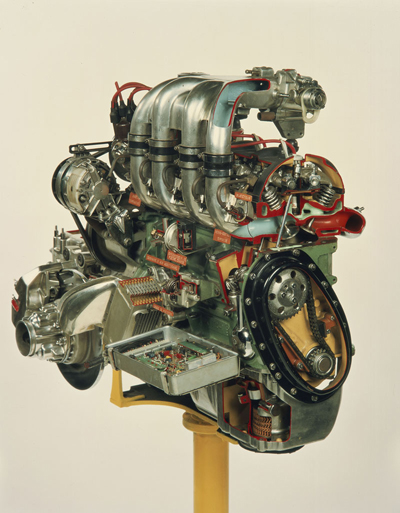 |
||
| © Julian Marsh 1996 | |||


